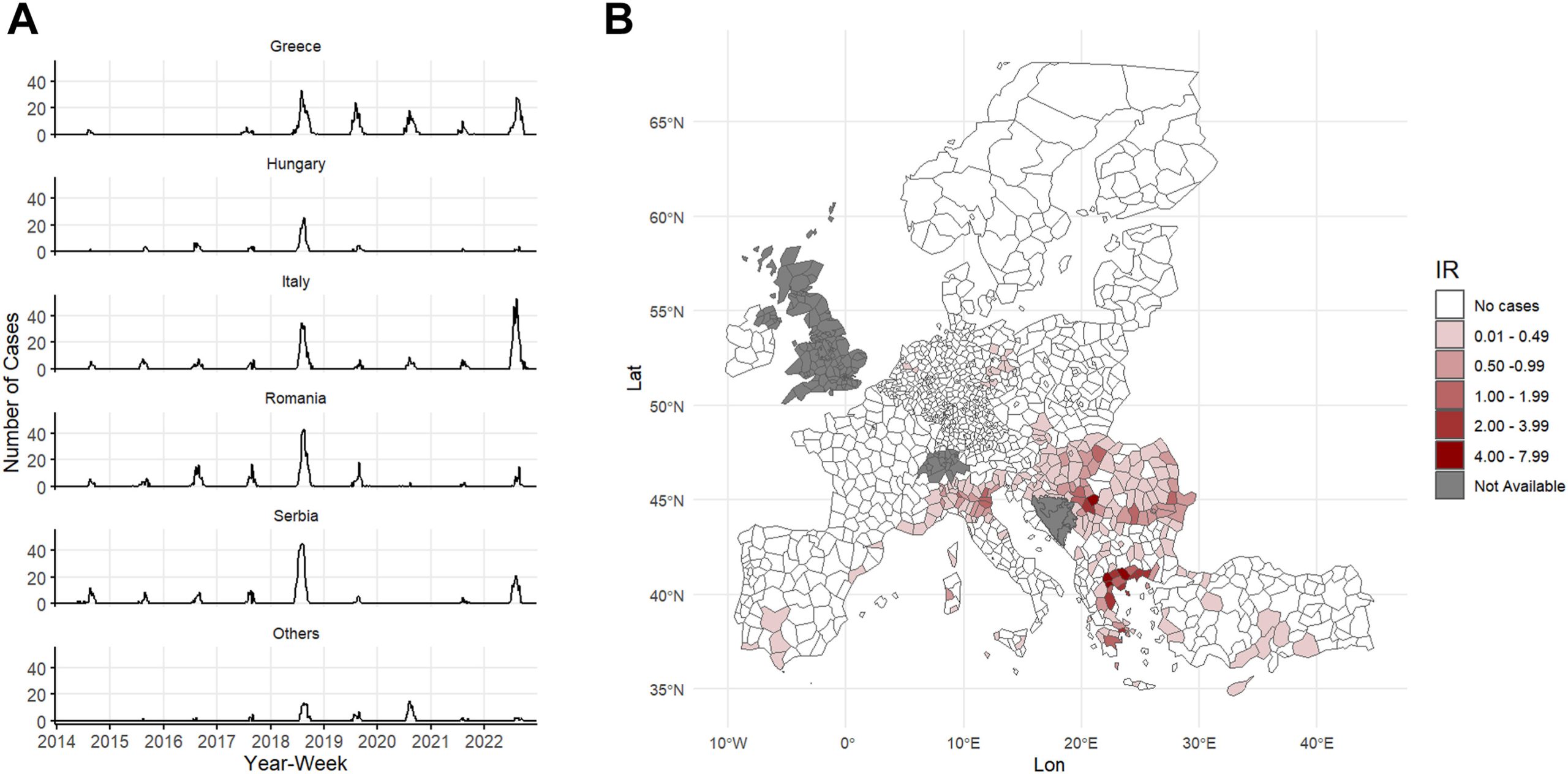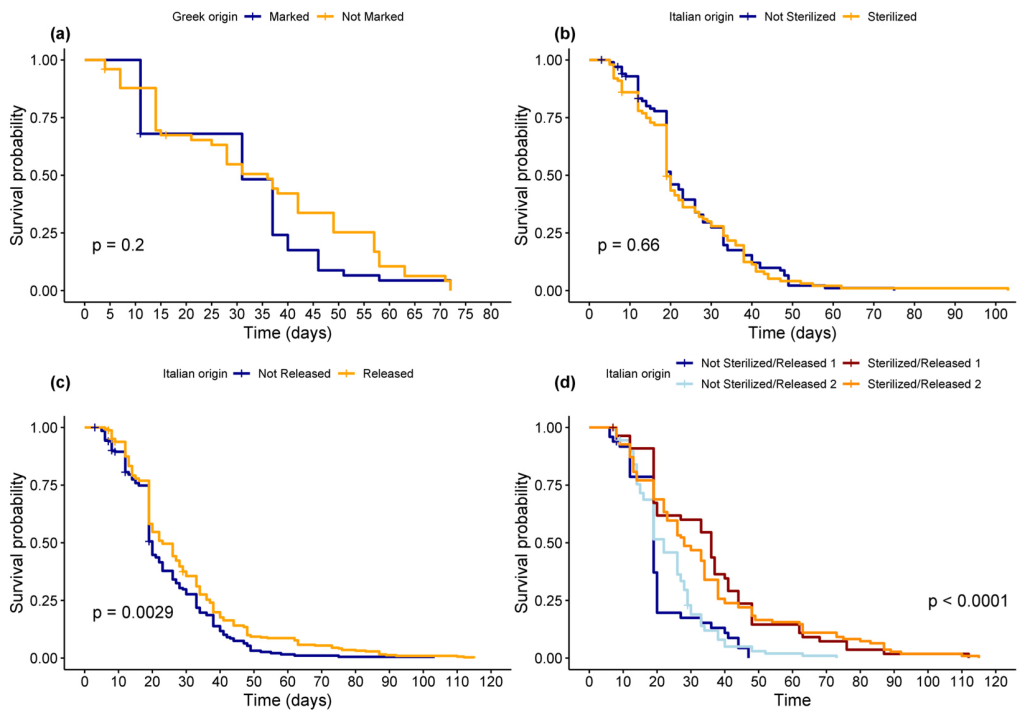Mapping Mosquito Diversity in Attica: New Insights from a Two-Year Entomological Survey
A new study, part of the E4Warning and IDAlert projects, has provided a comprehensive snapshot of mosquito biodiversity across the Attica region in Greece—home to half the country’s population. Conducted by the Benaki Phytopathological Institute (BPI) and the University of West Attica in Athens, the survey spans two years (2021–2022) and highlights the presence, spread, and diversity of medically important mosquito species, including invasive ones like Aedes albopictus.
Key Findings:
-
The three most widespread species were Aedes albopictus, Culex pipiens s.l., and Culiseta longiareolata, found in 100% of traps.
-
A total of 23 mosquito species were detected, with some reappearing after years of absence.
-
East Attica had the highest species diversity; South Athens and the islands the lowest.
-
Molecular tools complemented traditional identification, confirming difficult or damaged specimens.
The study highlights the dynamic nature of mosquito populations in urbanized regions like Attica, where invasive species such as Aedes albopictus now coexist with native vectors like Culex pipiens s.l. The detection of medically important species, including Culex perexiguus and Aedes caspius, not commonly reported in past surveys, underscores changing vector dynamics and potential public health risks.
Molecular tools proved essential for identifying species when morphological traits were insufficient, reinforcing the value of combining traditional and modern surveillance methods. Continuous, localized monitoring is key for early detection of new threats—especially in the face of climate change and urban expansion—and provides critical data to support proactive, targeted mosquito control strategies.
Trap Positivity Rate (%) by Mosquito Species (2021–2022)
| Mosquito Species | 2021 | 2022 |
|---|---|---|
| Aedes albopictus | 100 | 100 |
| Aedes caspius | 22 | 12 |
| Aedes cretinus | 2 | 2 |
| Aedes detritus | 5 | 8 |
| Aedes dorsalis | 2 | 0 |
| Aedes geniculatus | 2 | 5 |
| Aedes vexans | 3 | 5 |
| Aedes pulcritarsis | 0 | 2 |
| Aedes zammitti/mariae | 3 | 0 |
| Anopheles algeriensis | 5 | 3 |
| Anopheles claviger | 3 | 0 |
| Anopheles maculipennis s.s. | 0 | 2 |
| Anopheles sacharovi | 2 | 3 |
| Anopheles superpictus | 2 | 0 |
| Coquillettidia richiardii | 8 | 3 |
| Culiseta annulata | 11 | 6 |
| Culiseta longiareolata | 100 | 100 |
| Culiseta morsitans | 0 | 2 |
| Culex pipiens | 100 | 100 |
| Culex mimeticus | 2 | 0 |
| Culex perexiguus | 2 | 0 |
| Culex theileri | 3 | 0 |
| Uranotaenia unguiculata | 0 | 5 |
Read the full-open access here: https://doi.org/10.3390/insects16040406
Bisia, M., Balatsos, G., Sakellariou Sofianou, M., Beleri, S., Tegos, N., Zavitsanou, E., Karras, V., Kollia, D., Michaelakis, A., & Patsoula, E. (2025). Two-Year Entomological Survey of Mosquito Fauna in the Attica Region, Greece: Species Composition. Insects, 16 (4), 406. https://doi.org/10.3390/insects16040406



